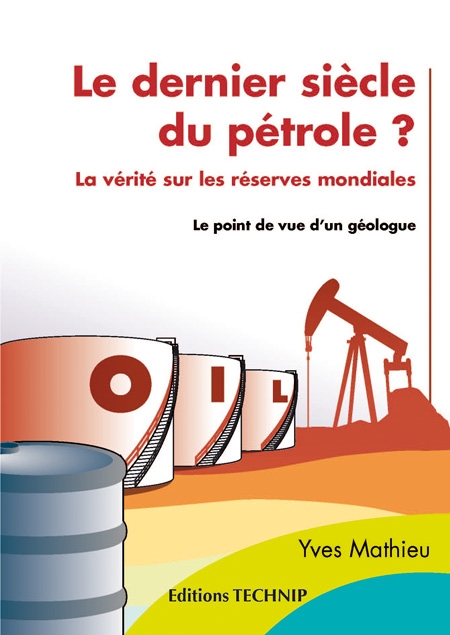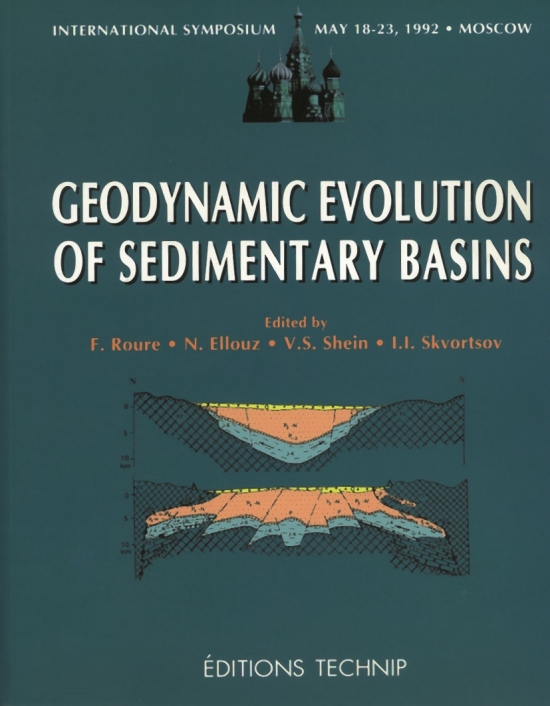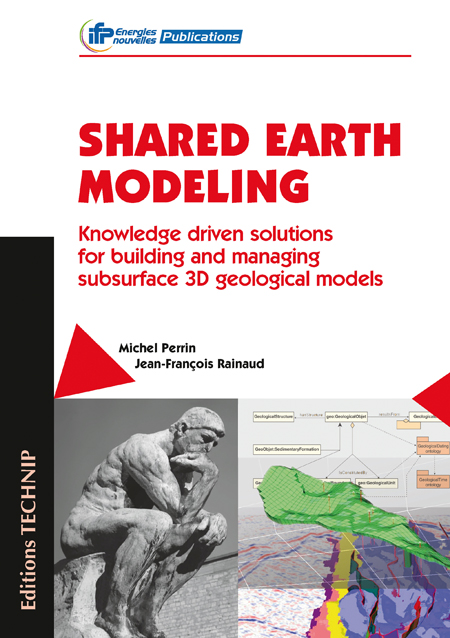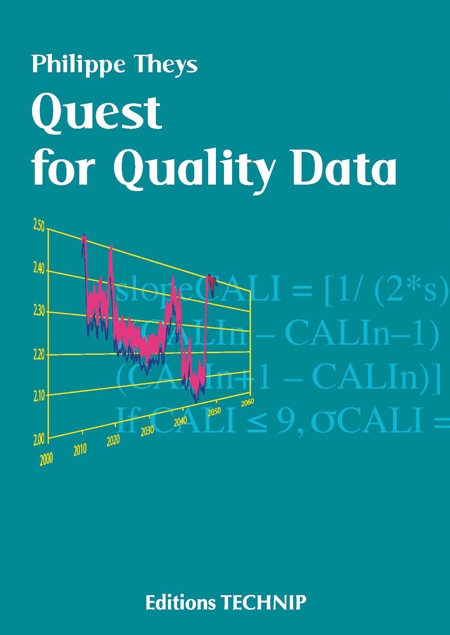Shared Earth Modeling
Knowledge Driven Solutions for Building and Managing Subsurface 3D Geological Models
Auteurs : PERRIN Michel , RAINAUD Jean-François
ISBN : 9782710810025
broché 170 x 240 mm 424 pages
Date de publication : Février 2013
Acheteurs américains

 Ajouter au panier 75 €
Ajouter au panier 75 €
 Dossier de presse• Petroleum Abstracts, Vol. 53, N° 19, may 11, 2013.doc.pdf• Oil IT Journal, avril 2013.pdf• Pure and Applied Geophysics, No171, 2014.pdf• Site weblab-project.org, mars 2013.pdf• Nafta, n°2-64, septembre 2013.pdf• Reference and Research Book News, April 2013.pdf• www.ifpenergiesnouvelles.com, mars 2013.pdf• Petroleum Review, November 2014.pdf• Zentralblatt für Geologie und Paläontologie, n° 5-6, 2013.pdf
Dossier de presse• Petroleum Abstracts, Vol. 53, N° 19, may 11, 2013.doc.pdf• Oil IT Journal, avril 2013.pdf• Pure and Applied Geophysics, No171, 2014.pdf• Site weblab-project.org, mars 2013.pdf• Nafta, n°2-64, septembre 2013.pdf• Reference and Research Book News, April 2013.pdf• www.ifpenergiesnouvelles.com, mars 2013.pdf• Petroleum Review, November 2014.pdf• Zentralblatt für Geologie und Paläontologie, n° 5-6, 2013.pdfOver the last two decades, earth modeling has become a major investigative tool for evaluating the potential of hydrocarbon reservoirs. Earth modelling must now face new challenges since petroleum exploration no longer consists in only investigating newly identified resources, but also in re-evaluating the potential of previously investigated reservoirs in the light of new prospecting data and of revised interpretations.
Earth models incorporate a variety of different interpretations made on various types of data at successive steps of the modeling process. However, current modeling procedures provide no way to link a range of data and interpretations with a final earth model. For this reason, sharing and exchanging information about the model building process is at present a major difficulty.
Recently, the term “Shared Earth Modeling” has been used for expressing the idea that earth models should be built in such a way that experts and end users can have access, at any time, to all the information incorporated into the model. This information does not only concern the data, but also the knowledge that geoscientists produce by interpreting these data. Accordingly, practical solutions must be studied for operating a knowledge-driven approach of Shared Earth Modeling. This is the goal of this book.
This study of earth subsurface modeling is intended for several categories of readers. It concerns in the first place geologists, engineers and managers involved in the study and evaluation of subsurface reservoirs and hydrocarbon exploration. Relying on recent progress in various fields of computer sciences, the authors present innovative solutions for solving the critical issue of knowledge exchange at key steps of the modeling process.
This book will also be of interest to researchers in computer science and, more generally, to engineers, researchers and students who wish to apply advanced knowledge-based techniques to complex engineering problems.
Table des matières :
Part I. Earth Models. 1. Earth models as subsurface representations. 2. Earth models for underground resource exploration and estimation. 3. Earth models used in petroleum industry: current practice and future challenges. Part II. Knowledge oriented solutions. 4. Knowledge based approach of a data intensive problem: seismic interpretation. 5. Individual surface representations and optimization. 6. Geological surface assemblage. 7. 3D Meshes for structural, stratigraphy and reservoir frameworks. 8. The data extension issue: geological constraints applied in geostatistical processes. Part III. Knowledge formalization. 9. Ontologies and their use for geological knowledge formalization. 10. Ontologies for Interpreting geochronological relationships. 11. Building ontologies for analyzing data expressed in natural language. 12. Ontology-based rock description and interpretation. Part IV. Knowledge management & applications. 13. Ontology integration and management within data intensive engineering systems. 14. Earth modeling using web services. 15. Full scale example of a knowledge-based method for building and managing an earth model. Part V. Conclusion. Appendix. Glossary.
 Dernier siècle du pétrole (Le) ? La vérité sur les réserves mondiales
Dernier siècle du pétrole (Le) ? La vérité sur les réserves mondiales
 Ajouter au panier
25 €
Ajouter au panier
25 €
 Geodynamic Evolution of Sedimentary Basins
Geodynamic Evolution of Sedimentary Basins
 Ajouter au panier
154 €
Ajouter au panier
154 €
 0
0

 Inscription newsletter
Inscription newsletter


 Partager
Partager
 Tweeter
Tweeter

 Feuilleter un extrait
Feuilleter un extrait
